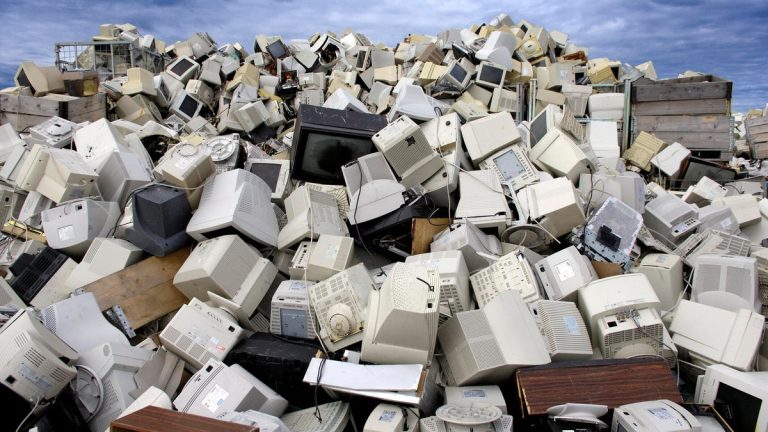
Electronic waste, or e-waste, is a growing environmental concern due to its hazardous components and improper disposal. Recycling e-waste is crucial for reducing environmental impact and conserving resources. Here’s a guide to help you recycle your electronic devices responsibly:

1. Identify Your E-Waste
- Categorize Devices: Determine which devices qualify as e-waste. This typically includes computers, laptops, smartphones, tablets, TVs, printers, and other electronic equipment.
- Remove Batteries: Safely remove any batteries before recycling or disposing of the device. Batteries often contain hazardous materials and require separate handling.
2. Research Local Recycling Options
- Check Municipal Programs: Many municipalities offer e-waste recycling programs. Visit your local government website or call your waste management department for details.
- Electronics Retailers: Some electronics retailers have e-waste recycling programs where you can drop off your old devices.
- Non-Profit Organizations: Look for non-profit organizations that collect and recycle e-waste.
- Electronic Recyclers: Search online for professional electronic recycling companies in your area.
3. Prepare Your E-Waste
- Remove Personal Data: Before recycling your devices, ensure you have erased or deleted all personal data, including files, photos, and passwords.
- Remove Batteries: As mentioned earlier, remove batteries separately for safe disposal.
- Secure Devices: If your devices are damaged or broken, take precautions to prevent hazardous materials from leaking.
4. Choose a Reputable Recycler
- Certification: Look for recyclers that are certified by organizations like R2 or e-Stewards, which ensure responsible and environmentally friendly practices.
- Fees: Some recyclers may charge a fee for e-waste disposal. Compare prices and services to find the best option.
- Data Security: If you’re concerned about data privacy, inquire about the recycler’s data security measures.
5. Transport Your E-Waste Safely
- Secure Transportation: Transport your e-waste in a secure manner to prevent damage or theft.
- Avoid Mixing with Other Waste: Keep e-waste separate from other types of waste to avoid contamination.
6. Ask Questions
- Recycling Process: Inquire about the recycling process and the materials that will be recovered.
- Data Security: Ask how the recycler handles data security and destruction.
- Environmental Impact: Learn about the recycler’s commitment to environmental sustainability.
7. Support E-Waste Recycling Initiatives
- Raise Awareness: Educate others about the importance of e-waste recycling and encourage them to participate.
- Support Legislation: Advocate for policies that promote e-waste recycling and reduce the environmental impact of electronic devices.
By following these steps and choosing a reputable recycler, you can contribute to a cleaner and healthier environment while ensuring the responsible disposal of your electronic waste. Remember, recycling e-waste is not only a responsible choice but also a way to conserve valuable resources and reduce pollution.
read more : Reducing E-Waste: A Guide to Sustainable Technology



